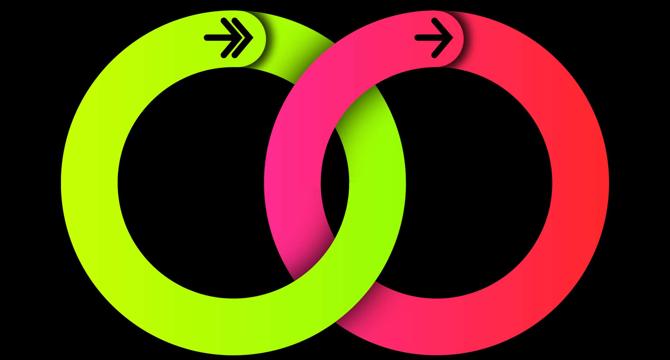Cultofmac
3w
380

Image Credit: Cultofmac
Apple Watch Move ring vs. Exercise ring: What’s the difference?
- The Apple Watch's Move and Exercise rings serve as key tools for tracking fitness goals, with each representing different aspects of physical activity.
- While the Stand ring focuses on reducing sitting time, the Move ring measures overall movement throughout the day, and the Exercise ring tracks active exercise minutes based on heart rate thresholds.
- The distinction between movement and exercise lies in heart rate, where movement contributes to the Move ring, and elevated heart rate defines exercise for the Exercise ring.
- Exercise minutes may not be accumulated during all workout activities, as the quality and intensity of the activity play a crucial role in meeting the Exercise ring goal.
- The Apple Watch's Activity rings originated from NikeFuel, evolving to include the Move, Exercise, and Stand rings, each serving a specific fitness-tracking purpose.
- One notable difference is that only the Move ring allows customization of daily calorie burn goals, promoting inclusivity among users of varying fitness levels.
- Despite the fixed 30-minute Exercise goal for everyone, the intensity of exercise varies based on individual fitness levels and heart rate responses.
- Apple set the 30-minute Exercise goal aligning with WHO recommendations for adult physical activity, aiming to promote overall health benefits.
- Understanding the distinct roles of the Move and Exercise rings is vital for achieving fitness goals and optimizing health benefits through regular physical activity.
- Balancing movement and exercise is key for maintaining a healthy body weight and reducing the risk of various health conditions, facilitated by the Apple Watch's tracking features.
Read Full Article
22 Likes
For uninterrupted reading, download the app